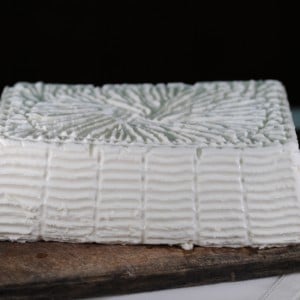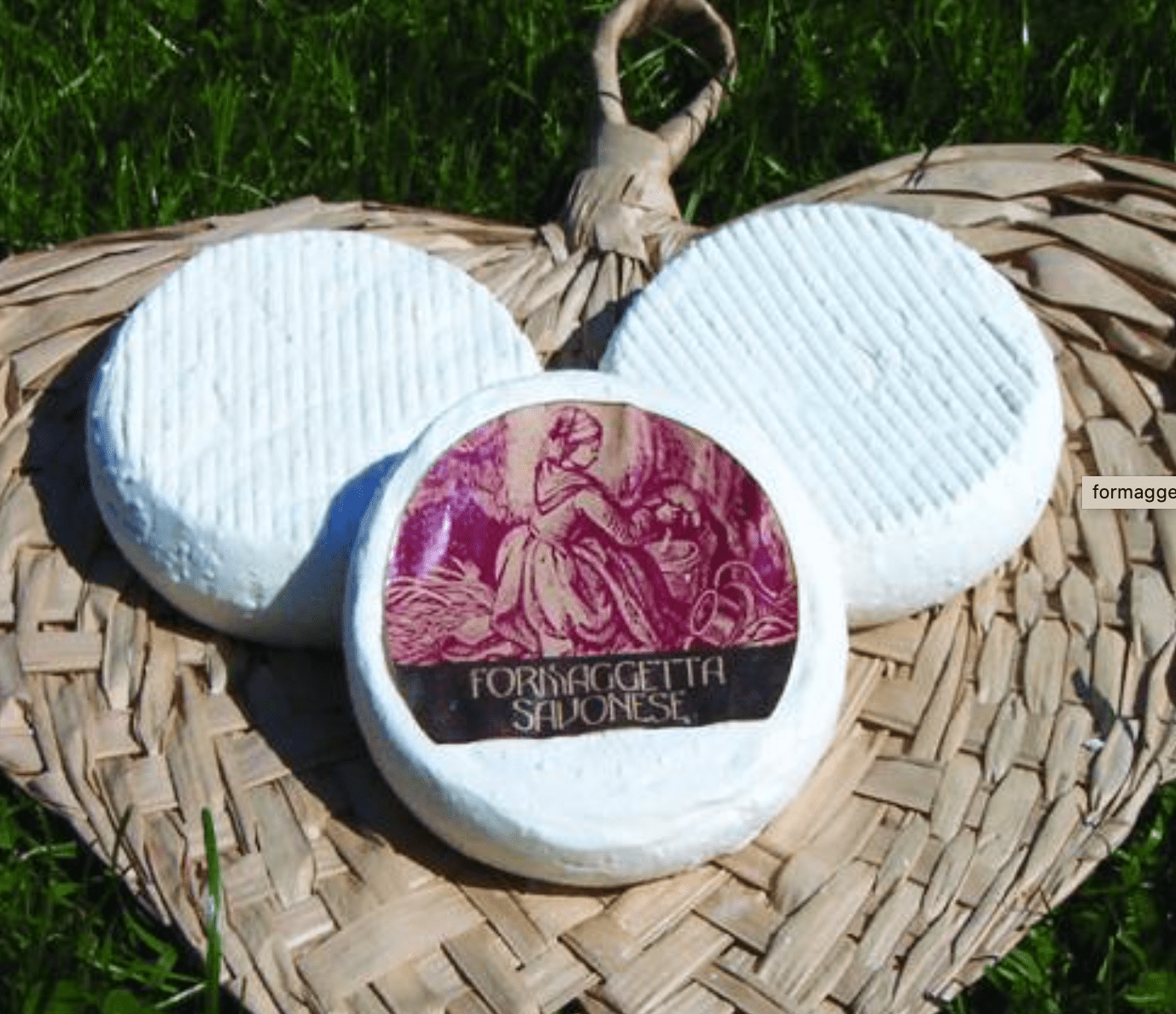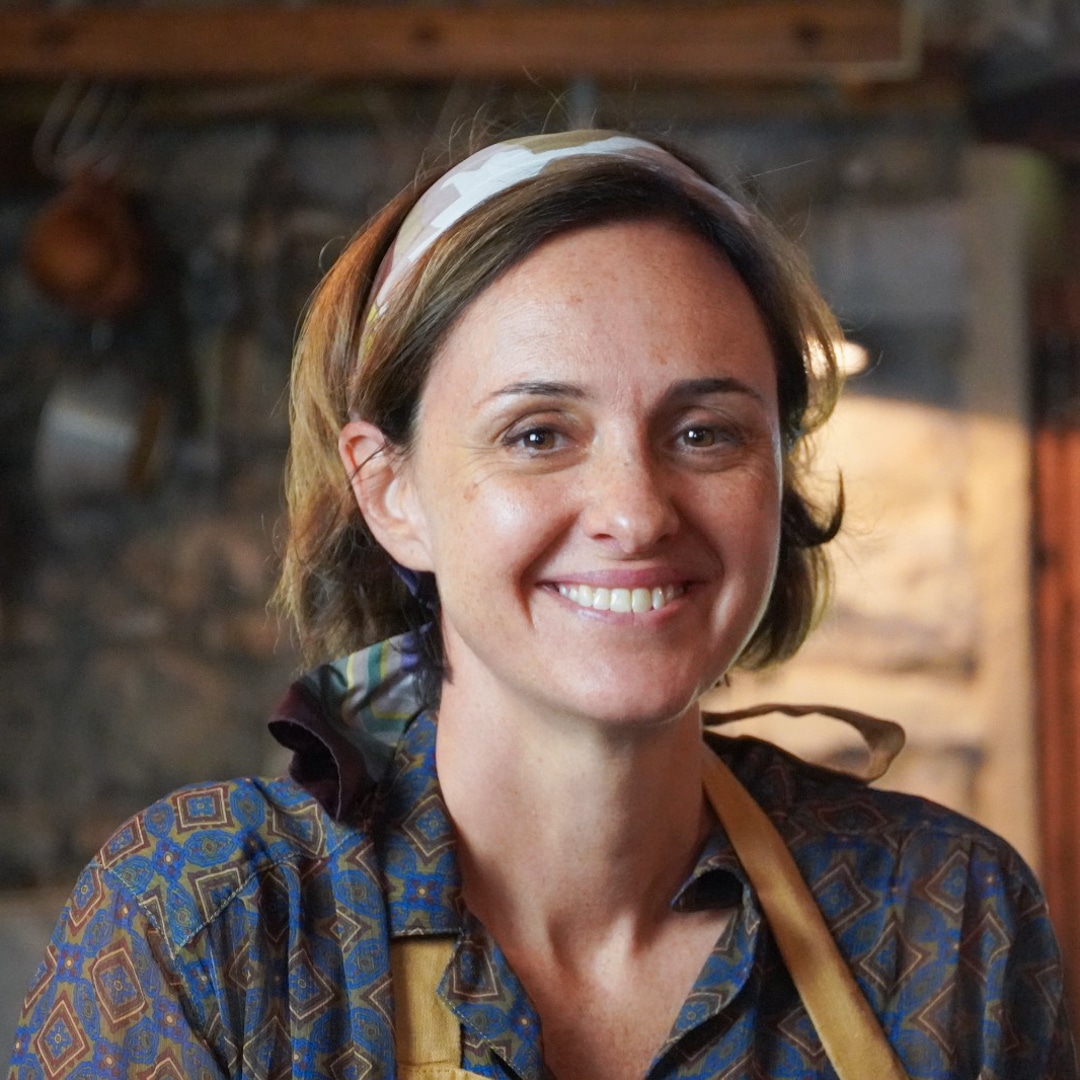For the French author Michel Tournier, cheese is, together with bread and wine, the trinity of the European table. They are made of milk, meadows, pastures, perfumes and cellars where they are aged and perhaps no other food such as cheeses, contains in itself the tradition the history, the customs of the place where it is produced. And Liguria cheese they are no less!
In this post we will make an ideal journey from the west to the east of Liguria, passing through the area of Genoa. An indicative and deliberately not too detailed description of Ligurian cheeses, but that can be of help to understand the particularities of the different dairy products in relation to each specific area of the region.


Toma di Pecora Brigasca (Upper Arroscia valley and province of Imperia and Savona). It is Produced with the milk of Brigasca sheep, a sheep protected as Slow Food Presidium of Liguria. The name “Brigasca” comes from “La Brigue”, a French village in the Val Roya (Maritime Alps) famous for being, in the past centuries, the most important pastoralist center between Liguria, Piedmont and Provence.
With the milk of these sheep and with techniques and tools of the millennial tradition of transhumance, they produce toma (a cheese of irregular square shape also known as sora), ricotta and bruss. The toma is produced by adding the rennet to the milk from the evening and morning milkings. After coagulation, the curd is broken with “rubatà”, the classic wooden thorn, and left to settle. The clot is then collected with a rough canvas (raireura) with which a sort of bundle is formed on which a large stone is deposited. After about 12 hours the mass is removed from the canvas and cut into symmetrical parts: the future tomes. The cheeses are dry salted using sea salt and placed to mature in cool places, on wooden boards, for a minimum of 60 days.

Brusso. (Upper Arroscia, Argentina and Nervia valleys, hinterland of Imperia and Albenga). It is a fermented sheep’s ricotta with a greyish white paste and a creamy texture. The flavor is strong and gradually more spicy with aging. The farmers used to take to the fields, for lunch, homemade bread spread with this tasty cheese. It is prepared by heating the whey up to 90 degrees. Once the clot forms and resurfaces, it is collected and placed in perforated baskets to make the liquid flow down. Then the mass is fermented in baskets of larch or cherry wood adding, depending on tradition, various flavoring substances (wine, pepper, chili) and/or fermenting (grappa, vinegar). The product is then mixed daily for about a week, before reaching the right ripeness. It is spread on homemade bread (perhaps Triora) or used to season fresh pasta. A recipe of the famous “white cuisine”, typical of the places where this cheese is produced, is a savory cake made of fresh tomatoes and bruss.

Toma di Mendatica (upper Arroscia valley and high valleys of the Imperia area). Cow’s or mixed milk cheese (cow and sheep) produced in the Mendatica area, from which it takes its name. The percentage of use of the different types of milk varies according to the season. In winter it is made only of cow’s milk, in summer it is mixed or mainly of sheep. It is produced by bringing the milk to a temperature between 34-37, then adding the rennet. After letting rest for about 40 minutes, the curd is broken up to a size called rice grain. The mass is then placed in bundles and after a first pressing that lasts from 3 to 24 hours (to remove as much as possible the serum) the cheese undergoes several turns. Finally, proceed to the traditional dry salting with coarse salt or in brine. It is consumed fresh or semi-aged. It is used in the traditional potato cake but is also great as a table cheese.

Malga di Triora cheese (province of Imperia and Maritime Alps). It’s a cheese made from cow’s milk brought to summer pastures in the Maritime Alps. It is produced with skimmed milk, the outcrops being traditionally used to produce butter. It has a cylinder shape 4-5 cm high and a diameter variable from 20 to 40 cm. It is a semi-hard paste of straw color, even intense depending on seasoning, with sparse holes and medium size. The crust is rough, hard and brown. It is a medium-aged cheese with an average or high aromatic intensity depending on the ripening process. Protected by slowfood as “Araca del gusto” product. It is good alone or accompanied with bread.

Sola (Tumma) of the Maritime Alps (provinces of Imperia and Savona, in particular Albenga). It is a square-shaped raw sheep’s milk cheese, like the sole of a shoe (hence the name). The paste is soft, white or straw. The rind is soft and wrinkled, light gray. The processing is still done manually. The origin of this cheese is in the valleys of Cuneo, bordering the Ligurian territory. In our region, however, this type of cheese
(also called tumma) is produced only with sheep’s milk while in the lower Piedmont cow’s milk is also added. It is produced from February to November. It is a table cheese that goes well with bread and olive oil.

Robiola della Val Bormida (hinterland of Savona). It is a fresh cheese of ancient origins made from sheep’s milk . It comes in small cylindrical or rectangular shapes. Its paste is creamy, soft and white. The rind is absent or more similar to wrinkled skin. It has a delicate taste. It is produced by adding milk with calf rennet. After the extraction, the curd is put on sieves to make it bleed from the whey and, once the correct point of humidity is reached, it is placed in special containers for forming. The salting is done dry and manually. The conservation is very short, from 1 to 8 days. However, it can last up to 10-14 days. It goes well with cold cuts and seasonal vegetables and goes well also with light white wines.

Giuncata , or Zuncà (hinterland of Savona). Cheese made of sheep’s milk, very fresh, soft and without crust. Its name comes from the fact that in the past it was placed in a container called “gurettu”, a kind of net built with reeds, rectangular or square, thanks to which it assumed the characteristic rifling. It is produced by heating the milk to 95 degrees, cooling it to 40 and then adding the calf rennet. The curd is then collected, placed in bundles and consumed freshly cooled. It is a completely no-salt cheese, very often it is used as an ingredient for cooking vegetable cakes or stuffed pasta, or served as a dessert combined with jams or wild berry sauces

Formaggetta di Stella (Savona hinterland). Sheep and/or goat’s milk cheese, sometimes with the addition of cow’s milk (max 50%). Diameter of the faces of about 12 cm, heel height of about 4 cm, with variations of 30% depending on the processing method . The colour of the paste varies from white to yellow or ivory depending on the seasoning. The taste is fragrant, slightly salty, not spicy, with a characteristic slightly acidic aroma. The product is consumed fresh or aged (30 days). The maturing takes place by placing the forms to dry in boxes hung in the attics. It is also preserved in oil. Used to make Fugassette (focaccette). It goes well with wild herbs. It goes well with wines such as Bianchetta genovese or Vermentino del Tigullio.

Formaggetta della Valle Stura and Val Graveglia. Cow’s cheese, fat, short maturing and soft. It is in the form of a cylinder, 8-10 cm high and 15 cm in diameter. It is produced bringing the milk to a temperature of 32-35 , adding the calf rennet and then breaking the curd the size of a grain of rice. The mass is then collected in a cloth and then placed in wooden bundles. The forms are then turned over and pressed several times to release the excess serum. It is often not salted. Finally, the shapes are treated with olive oil to prevent the crust from hardening or cracking. In the kitchen it is generally used to season the traditional “testaieu” or as a filling of focaccette.

Prescinseua (hinterland of Genoa). Par excellence Cheese of the Genoese culinary tradition, is soft, cow’s milk, fresh and sour taste. The name comes from “presû” which means rennet in dialect. Almost nowhere to be found outside the territory of Genoa, is however produced since centuries. It is produced by letting the milk rest for 48 hours, then half is heated to 40-50 degrees and then joined to the other half. The mixture is then added with calf rennet. The curd is roughly broken after about 4 hours and placed in the containers. Once cooled it is ready for consumption. It is used inside the cheese focaccia, as a filling of vegetable cakes (especially the Pasqualina cake) or in stuffed pasta. Being a cheese without salt is also great with sugar, jam or honey.

Caprino della Val Bravenna ( Bravenna valley, Aveto valley, Upper Scrivia valley). They are “tomini” produced with pure goat’s milk with a diameter of about 5 cm and a height of 2 cm. The paste is soft and white in colour. They are produced from March to October. They are prepared by treating the mass with chestnut or beech ash for 2 hours and matured for 10 days. They can age for up to a month. The particular final aroma is given by the fact that the goats grazing in the alpine woods feed, especially in summer, on wild herbs. It goes well with Ligurian aromatic herbs (thyme, oregano and marjoram) and cuculli. The perfect wine to accompany is Vermentino

Sarasso or Sarazzu (Aveto valley). It is a salted ricotta of cow’s milk. It is consumed fresh but also briefly seasoned. The paste is white and has no crust. It has a slightly intense flavor. It is produced with whey (for this reason it is a very low-fat cheese) from the processing of San Stè cheese which is heated up to a temperature of 85-90, and then acidified. After being harvested, it is put in fuselages. The salting is dry. The term Sarazzu (which from us indicates the aged ricotta cheese described above) comes from the late Latin expressions “seracium, seracius, seratium”, derived from “serum”, the cow’s whey residue of the dairy processing. Fresh, is used as a condiment for pasta, more seasoned is grated. It is very good, however, also as a table cheese.

Formaggio di San Ste (Santo Stefano D’Aveto and Rezzoaglio). It is a semi-hard and short-medium ripened cow’s cheese. It is cylindrical, thin and smooth rind of straw-brown color. The paste is compact, with small holes and distributed regularly. Traditionally it was called Cheese of Chiavari and was used by farmers as a bargaining chip: almost all the families of the Aveto valley, in fact, had a cow, and cheese was their greatest economic resource. It is produced by heating the milk up to 35 degrees and then adding the calf rennet. The curd is reduced to rice grains and the dough collected with sheets and placed in “fuscelle” for forming. Salting takes place in brine. It is consumed, according to tradition, roasting the slices on a slate plate and serving with homemade bread. The ideal wine to accompany is Cigliegiolo.

U Cabannin (Santo Stefano d’Aveto and Rezzoaglio). It is the cheese obtained from raw milk of only “Cabannina” cow, Slow food presidium of Liguria. The production area is represented by the entire territory of the metropolitan city of Genoa. The product has a cylindrical shape with flat faces, diameters from 17 to 19 cm, height form 7 to 9 cm, weight depending on the seasoning between 1200 g and 2000 grams. Savory and strong flavor, with hints of lactic acid, butter, hay, wild flowers, sometimes accompanied by hazelnut and honey in the most seasoned forms. The paste has a consistent structure with irregular holes of white or ivory-white color. It is consumed as a table cheese.

Caciotta di Brugnato (hinterland of La Spezia, middle Vara valley). It is a cow’s milk fat cheese. It has a round shape, with a diameter of 20-30 cm and a height of 10 cm. The rind is thin and its light color tends to dark with seasoning. If fresh, the colour is white and the taste is the same of fresh milk. If slightly seasoned the taste becomes more pronounced and the color tends to straw yellow. It is prepared by heating the milk to 38-39 degrees and adding ferments and natural rennet. Once coagulated, the mass is broken with a tool called “chitarra” until it is the size of a walnut. Then it is put into baskets and seasoned. It is often eaten with bread (ideal is the Martino bread with nuts) or with potatoes, as it used to be. It goes well with chestnut honey and prefers white wines.

Mozzarella di Brugnato (Province of La Spezia – medium Vara valley). It is a cow’s milk fat cheese. Although mozzarella is a cheese typically associated with the south of Italy, it has been produced for many decades also in the north. In Brugnato, in the middle Vara valley, mozzarella has been producing for over 30 years. Consumption and distribution is almost local. It is produced bringing the pasteurized milk to 38. After acidification, the dough is spun and formed into ovoid balls. The salting is in brine. It is consumed immediately after salting and traditionally accompanied by extra virgin olive oil.
If you come to Liguria and want to discover and experience the tastes of our cheeses you can join one of my Ligurian cooking classes, one of mine Ligurian food experiences or fix a food travel consultancy with me at enrica@asmallkitcheningenoa.com.





